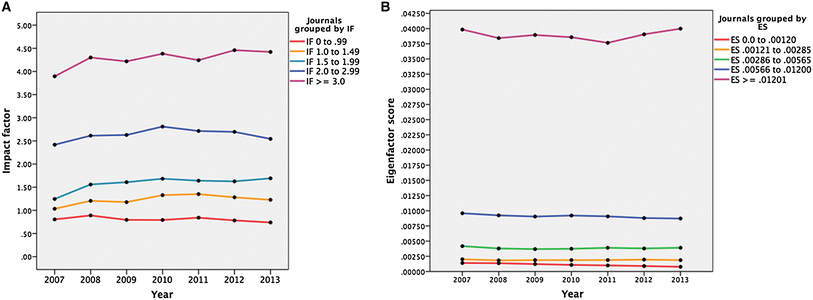Tkp 45 201 111 2008 02250
Abstract In volcanically and seismically active rift systems, preexisting faults may control the rise and eruption of magma, and direct the flow of hydrothermal fluids and gas in the subsurface. Using high-resolution airborne imagery, field observations, and CO 2 degassing data on Aluto, a typical young silicic volcano in the Main Ethiopian Rift, we explore how preexisting tectonic and volcanic structures control fluid pathways and spatial patterns of volcanism, hydrothermal alteration and degassing. A new light detection and ranging (lidar) digital elevation model and evidence from deep geothermal wells show that the Aluto volcanic complex is dissected by rift-related extensional faults with throws of 50–100 m. Mapping of volcanic vent distributions reveals a structural control by either rift-aligned faults or an elliptical caldera ring fracture. Soil-gas CO 2 degassing surveys show elevated fluxes (>>100 g m –2 d –1) along major faults and volcanic structures, but significant variations in CO 2 flux along the fault zones reflect differences in near-surface permeability caused by changes in topography and surface lithology.
The CO 2 emission from an active geothermal area adjacent to the major fault scarp of Aluto amounted to ∼60 t d –1; we estimate the total CO 2 emission from Aluto to be 250–500 t d –1. Preexisting volcanic and tectonic structures have played a key role in the development of the Aluto volcanic complex and continue to facilitate the expulsion of gases and geothermal fluids.
This case study emphasizes the importance of structural mapping on active rift volcanoes to understand the geothermal field as well as potential volcanic hazards. INTRODUCTION Existing fault structures can play a significant role in the development of a volcanic complex, ultimately providing high permeability pathways for magma, hydrothermal fluids, and gas to ascend to the surface (e.g.,;;; ).
45, Seq_1_circ, 225929, PROKKA_00076, gi 723027932 gb AIX31844.1 , 50.7. Gi 815854707 ref YP_009134412.1 , 47.7, 111, hp Syn7803C90_201. ATP-binding protein, Bacteria, Pseudomonadaceae, Pseudomonas sp. 1494, Seq_24, 52745, PROKKA_02250, gi 655453319 ref WP_028836567.1 , 85.7, 91.
Ines de la fressange wiki. Diana_spb;5785;165;38;0.41379 forkosigan01;14501;413;11;0.15 978 kinomehanik_max;4394;125;52;0.
Understanding how preexisting structures such as regional tectonic faults and caldera ring faults affect fluid flow to the surface is a major task in defining the evolution of rift zones and has important implications for mineralization, geothermal exploration, and the assessment of volcanic hazard. Recent work, specifically focused on hydrothermal venting and volcanic degassing (; ), has shown that while preexisting structures may control permeability at the edifice scale, at smaller scales these structural controls may be obscured by localized near-surface permeability variations. These local influences may include (1) lithological variations, where fluids will preferentially migrate along high permeability layers (e.g., poorly consolidated tephra layers) and (2) topographic controls, where the stress field induced by gravitational loading causes fracturing parallel to topography, and focuses pathways for steam and other gases toward topographic highs (). To understand how large-scale structures influence active volcanic processes it is useful to look at the surface expression of different volcanic fluids (i.e., magma, hydrothermal fluids, and gas) across a variety of scales to disentangle large-scale structural controls from these localized near-surface permeability variations. Both direct and remote measurements can be used to assess the spatial distribution of fluids and fluid pathways. Remotely sensed data such as lidar (light detection and ranging) and aerial photography (e.g.,; ) are powerful tools to analyze volcano morphology, map sites of eruption and extrusion, and distinguish zones of hydrothermal alteration and fluid upwelling (e.g., ).
On the other hand, volcanic gases (e.g., CO 2) that may be difficult to detect remotely, can be readily measured in the field using modern surveying techniques () and gridded to produce detailed maps of gas flux across a volcanic edifice (; ). These techniques allow us to build detailed pictures of how different fluids are released from active volcanoes; the challenge for volcanologists is integrating these observations to unravel the subsurface structure and the processes controlling fluid pathways. The Main Ethiopian Rift (MER, East Africa) provides an ideal natural laboratory to study how preexisting structural features (of both volcanic and tectonic origin) influence active volcanic processes.
Firstly, the MER hosts a number of young silicic peralkaline volcanoes, allowing investigation of active magmatic and geothermal systems. Secondly, extension in the MER has generated abundant faults and fracture networks (e.g.,; ) through which magma can ascend and erupt. Finally, many of the MER volcanoes have undergone caldera collapse () and thus are likely to have established ring fault systems (;;;; ). The silicic peralkaline volcanoes of the MER are among the least studied on Earth: few have detailed geological maps and significant knowledge gaps exist regarding their past and current activity ().
